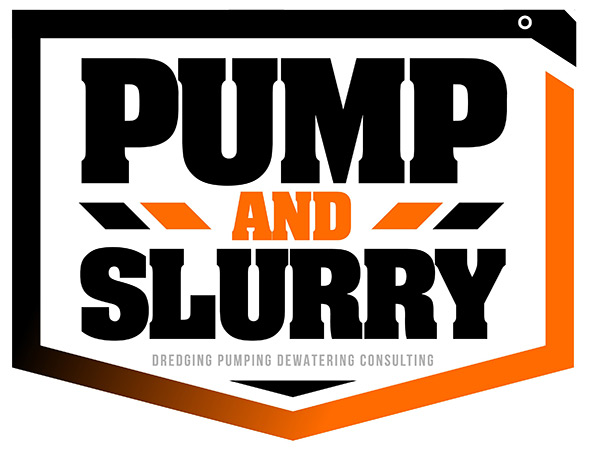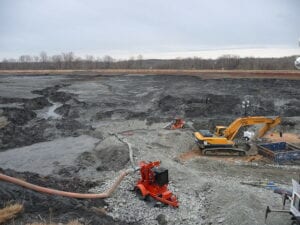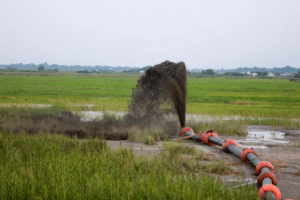Water Remediation Processing Equipment for Construction and Industrial Sites
Bring your industrial, dredge and mining water up to EPA approved levels for release
Met permit requirements
The Clean Water Act is the principal law to protect the nation’s waters. CWA establishes the basic structure for regulating discharges of pollutants into the waters of the United States and water quality standards for surface waters.
- Stormwater discharges should meet the Water Quality Standards for surface waters
- We sell and rent equipment for your jobsite to regulate the quality of water discharges to State, Federal, and Local Levels.
- Treatment systems may be linked in series to allow you to remove all contaminants to discharge levels.
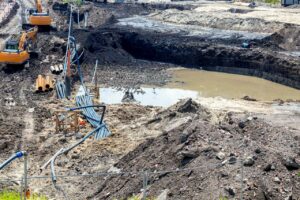
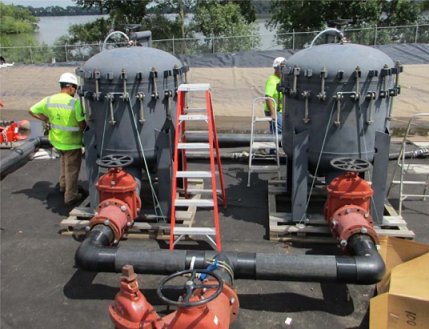
The National Pollutant Discharge Elimination System (NPDES) permit program controls water pollution by regulating point sources that discharge pollutants into waters of the United States. The NPDES program regulates the types and amounts of pollutants that industrial sites, industrial wastewater treatment facilities, and municipal wastewater treatment facilities can discharge into the nation’s surface waters.
Construction stormwater discharge must not cause or contribute to a violation of surface water quality standards (Chapter 173-201A WAC), groundwater quality standards (Chapter 173-200 WAC), sediment management standards (Chapter 173-204 WAC), and human health criteria in National Toxics Rule (40 CFR Part 131.36).
Discharges that cause or contribute to a violation of these standards cannot be covered by the Construction Stormwater General Permit.
Waste water treatment is the process with which water is treated to be released back into the environment with no harmful side effects. Waste water treatment involves using chemical, biological, and physical processes to remove contaminants from the water.
What does a storm have to do with a construction site?
No one should ever underestimate the force of nature. Storms can literally wipe out things in their way. Sometimes their potential consequences aren’t even that obvious.
It might not be something that is taken into account by many construction companies at first. But a storm is definitely something that can have a significant impact.
Storms can be very powerful and potentially let a path of destruction on their way. When there’s a storm in an area where there’s a construction site, the rain can collect unwanted materials like debris, silt and even chemicals from the soil and move them straight into lakes, oceans or rivers.
This has to be controlled. EPA collaborates with construction site enterprises so that they follow all regulations and guidelines.
In this way, construction can take place in a responsible manner that doesn’t threaten the community’s clean water supply. Protecting the environment around the site is a priority at any given time as well.
Usually, NPDES’s program specifies that any construction site that intervenes upon more than one acre should have a permit. This also applies when it comes to discharges from smaller places that aren’t separate, but part of a certain bigger development plan.
There is no general rule that clarifies exactly where to go to obtain the permit everywhere. This varies according to the place where the construction activities are performed. The permit will be emitted either by EPA or by the state.
You can find out here which authority is responsible for your construction area. This website along with this flow chart are useful resources to establish the authorization states for your particular case and where you can obtain the NPDES permit coverage.
The Clean Water Act (amended in 1972) is also known as the Federal Water Pollution Control Act. It specifies that it is strictly prohibited to discharge pollutants to US waters.
Discharge is only allowed if you have an NPDES permit. Failing to get one or disregarding its importance should really not even be considered.
There have been amendments made in 1987 and 1990 that regulate storm water discharges and permits. It is mandatory to have an NPDES permit to discharge storm water linked to industrial tasks.
This applies both to direct into surface waters and indirect discharges (through separate municipal sewers).
This involves various kinds of facilities that handle:
- Metal recycling
For example: scrap yards.
- Transportation that deals with maintenance activities like repairs, cleaning
- Steam electric generators
- Sewage plants
- Facilities that expose industrial tools or tasks to stormwater
- Landfills and dumps for industrial waste
- Gas
- Mining
- Oil facilities
- Manufacturing
- Construction
- Facilities subject to pollutant standards or limitations
Useful information about getting permit coverage
You should know:
– if you need a permit
– the authority responsible of emitting the permit for your construction site
– what to do to obtain this permit
Coal Ash Ponds
Pond decanting, ash dewatering, water treatment, storm water management to meet permit requirements including laboratory tests to insure the right treatment protocols are identified and implemented
Contaminated Discharge Treatment
Pre-treatment options to meet EPA Clean Water Act guidelines for any pollutants before discharge to detention basins, retention ponds, and prevent any discharge from causing or contributing to a violation of surface water quality standards
Construction & Industrial Sites
Construction Stormwater Permits require the prevention of water pollution by managing water that may be contaminated from their construction sites. Pretreatment of various industrial wastes prior to discharge to wastewater systems is a routine approach in many industries prior to drain disposal.




